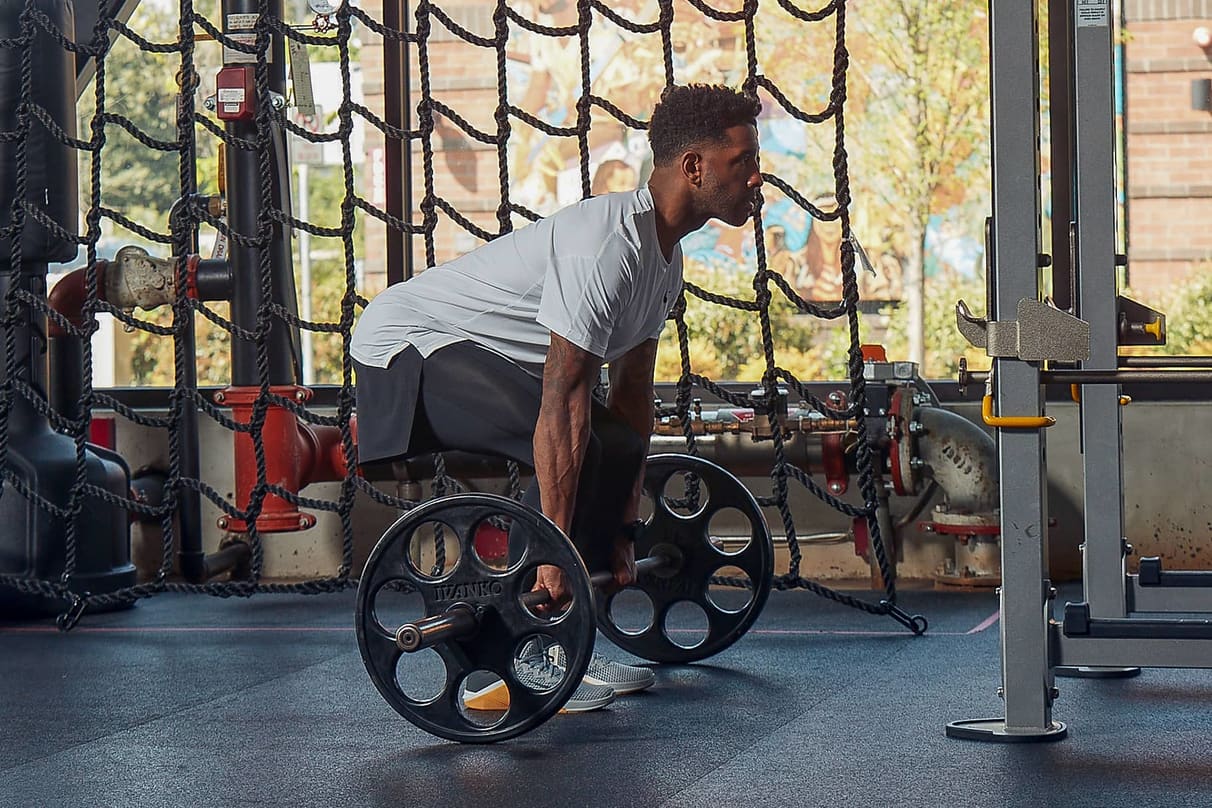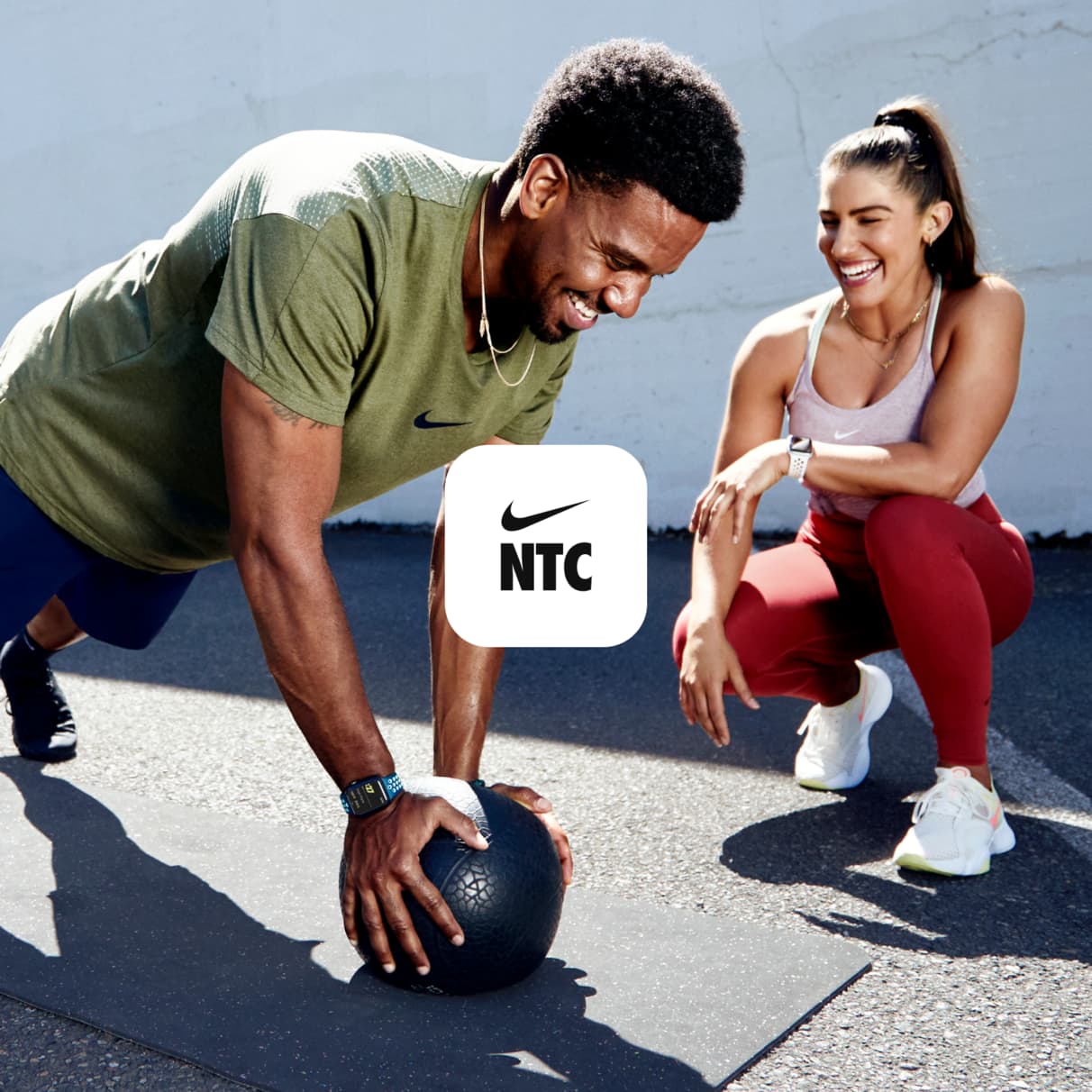What Are Push-Pull Workouts? Experts Explain
Sports & Activity
Hint: These movements are likely already a part of your current strength training plan.

One of the major things to consider when it comes to starting (or changing) a resistance training program is to find something you enjoy. Depending on your goals and ambitions, there might be moves that offer a host of benefits despite being less satisfying — these may include prehab exercises or mobility work.
And while you should follow whatever workout program you choose, incorporating push-and-pull movements for your upper and lower body is imperative to enhance overall athletic performance. That’s because these moves can contribute to your overall strength and help prevent injury. This means you’ll be able to efficiently and effectively work toward reaching your fitness goals, whatever they are.
If you haven’t heard of push and pull workouts, don’t stress. Here, two experts break down the key concepts to help you perform and function at your best.
What are push and pull workouts?
You may not have realized it, but as you train, whether you’re doing squats, deadlifts, bench presses or pull-ups, you’re doing push and pull movements. Simply put: These movements work on both your posterior chain (the muscles on the back of your body) and your anterior chain (the muscles on the front of your body).
“Push exercises are ones that involve primary muscles that elicit the ‘pushing’ movement away from the body,” said Neil Panchal, M.S., A.C.S.M.-certified C.P.T. and an exercise physiologist at the University of California San Francisco Human Performance Center. Upper-body push movements work the chest, shoulders and triceps, and include exercises such as bench presses, shoulder presses, push-ups, and tricep push-downs. Lower-body push exercises include exercises such as squats, leg presses, and lunges.
(Related: What Muscles Do Diamond Push-Ups Work — And How Do You Do Them?)
Conversely, pulling exercises “bring the weight or ‘pull’ it towards your body” and primarily involve the back and bicep muscles of the upper body, Panchal said. Upper-body pulling exercises include rows, lat pull-downs, pull-ups, and curls, whereas lower-body pulling exercises include deadlift variations and hamstring curls.

Why Push-Pull Workouts Are Important
“In any type of training program, you want to make sure you have a lot of different directions of movement in what you’re doing. You don’t want to just move your body in one way because then you’re really only strengthening one pattern of movement, and our bodies are very dynamic, so our body needs to be trained and strong in many different ways,” said Carly Graham Brady, D.P.T., running coach and owner of On Track Physical Therapy and Performance in Rochester, N.Y.
Think about it: Your daily movement involves so many different patterns whether you’re bending down to pick something up off the ground, reaching for something in a cabinet, or twisting to grab something in the back seat of your car. Another reason to have push and pull movements in your training program? They help to address muscular imbalances or strength discrepancies.
Plus, “distinguishing between the two concepts in a workout program allows the individual to properly periodize their routines for optimal exercise days with plenty of rest and recovery sessions throughout,” Panchal said. “Periodization is defined as the planned manipulation of training variables (load, sets, and repetitions) in order to maximize training adaptations and to prevent the onset of overtraining syndrome,” according to a 2015 study in the International Journal of Sports Physical Therapy.
Including both movement patterns into your training routine not only allows you to optimize your workouts and rest and recovery periods, but it also enables you to train the muscle groups mentioned above with each pattern twice a week, Panchal said. He recommended training these muscle groups twice a week because it will give the muscles trained enough time to fully recover, whereas once a week may not be enough to see any significant changes, and training them three times a week may not be enough time to recover adequately.
With proper periodization and a schedule that makes sense for your lifestyle and goals, you should be able to implement push and pull movements into your routine (and don’t forget your core work) without overtraining, which can help you reduce the risk of injuries while simultaneously optimizing your results, Panchal said.
(Related: What Is Overtraining Syndrome — And How To Avoid It)
How To Program Your Workouts
If you ask 10 experts the best way to program push and pull workouts, you’ll likely get 10 different answers. According to Panchal, to achieve a well-balanced workout, you should choose four to five exercises per movement pattern, “to perform on their respective days each week.”
Depending on your goals, rest periods between each exercise — in addition to set and rep ranges — are key to build muscle, improve muscular endurance, put on mass, or improve strength or power.
It’s up to you whether you perform these movement patterns on the same day or not, Panchal said.
“If time permits, doing each movement on separate days allows for more recovery to add an additional day during the week to perform these exercises again,” he said. But, if you can’t devote that kind of time in the gym (it’s not feasible for many people’s schedules), Panchal said all of these movement patterns can be done on the same day.
“However, the volume would need to be reduced,” he said.
As always, if you’re unsure about how to design your program, it’s recommended you work with an expert such as a certified personal trainer, sports performance coach or exercise physiologist who can help create a plan specific to your goals and ability.
Words by Tamara Pridgett
